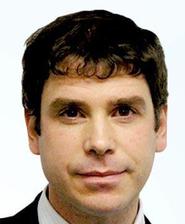About General Surgery
Mercy Hospital is a not-for-profit surgical hospital committed to delivering 'exceptional care that makes a difference' to Otago and Southland residents. Independent specialists provide surgery involving the oesophagus, stomach, small intestine, large intestine, liver, pancreas, gallbladder, appendix and bile ducts. They also deal with diseases involving the skin and soft tissue; and perform endoscopic procedures such as gastroscopy and colonoscopy using a scope (a scope is a long soft flexible tube, containing a camera and a light for examining the inside of a cavity e. g. stomach or bowel). This surgical service is provided at our facility by the following medical specialists. For further information please seek a referral through your GP or contact your preferred specialist directly.
Procedures / Treatments
Appendicectomy
Cholecystectomy
Colectomy
Colonoscopy
Colostomy
Gastrectomy
Gastroscopy
Haemorrhoid Removal
Hernia Repair
Parathyroidectomy
Parotidectomy
Rectal Resection
Sigmoidoscopy
Skin Biopsy
Skin Lesion Excision
Thyroidectomy
Varicose Veins
Sclerotherapy: a tiny needle is used to inject a chemical solution into the vein that causes the vein to collapse. This approach is recommended for small varicose veins only.
Vein stripping: the varicose veins are cut out and the veins that branch off them are tied off. The cuts (incisions) made in the skin are closed with sutures.
Phlebectomy: small cuts (incisions) are made in the leg and the varicose veins are pulled out with a tiny hook-like instrument. The cuts are closed with tape rather than sutures and, once healed, are almost invisible.
This information has been provided by https://www.healthpoint.co.nz, helping people better understand and use New Zealand health services.








